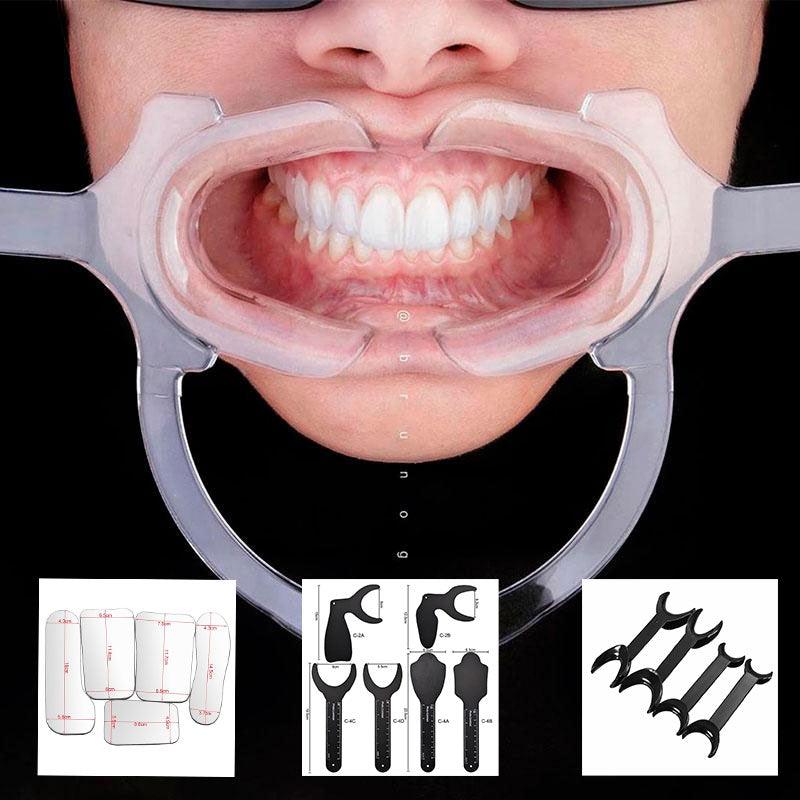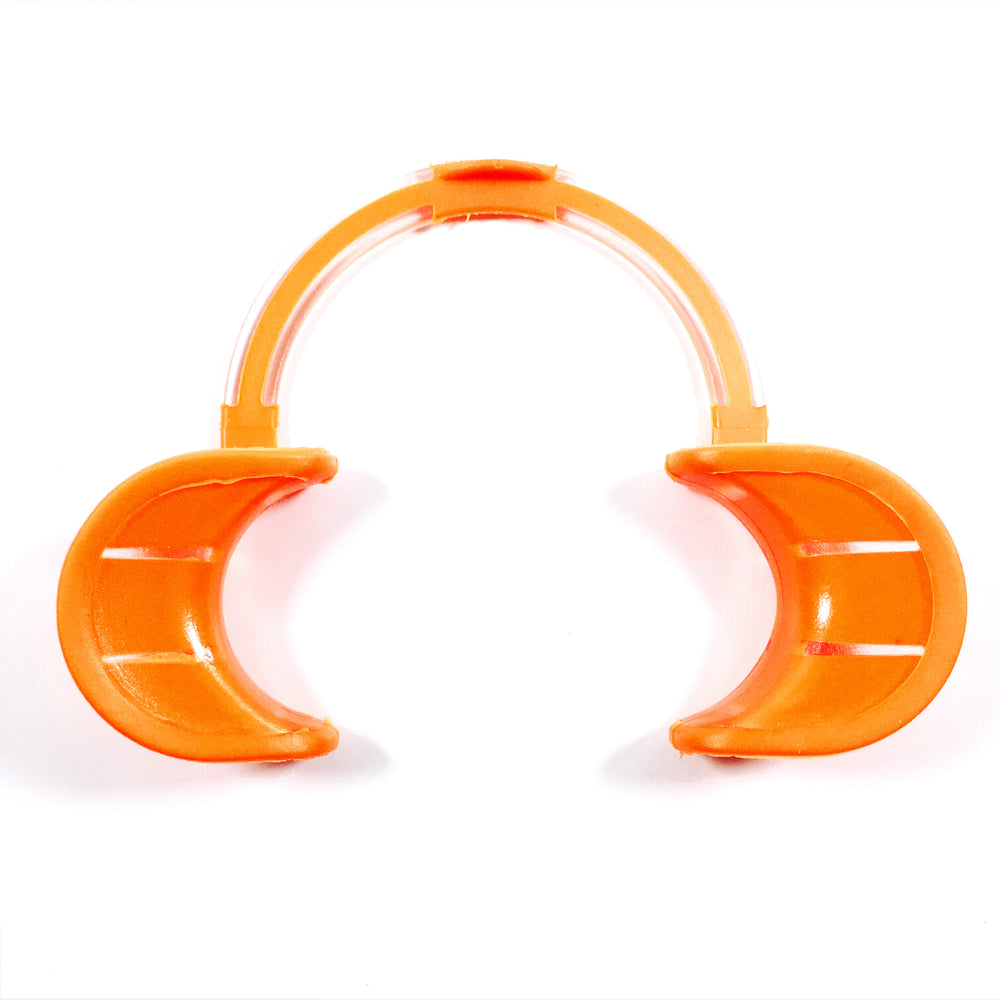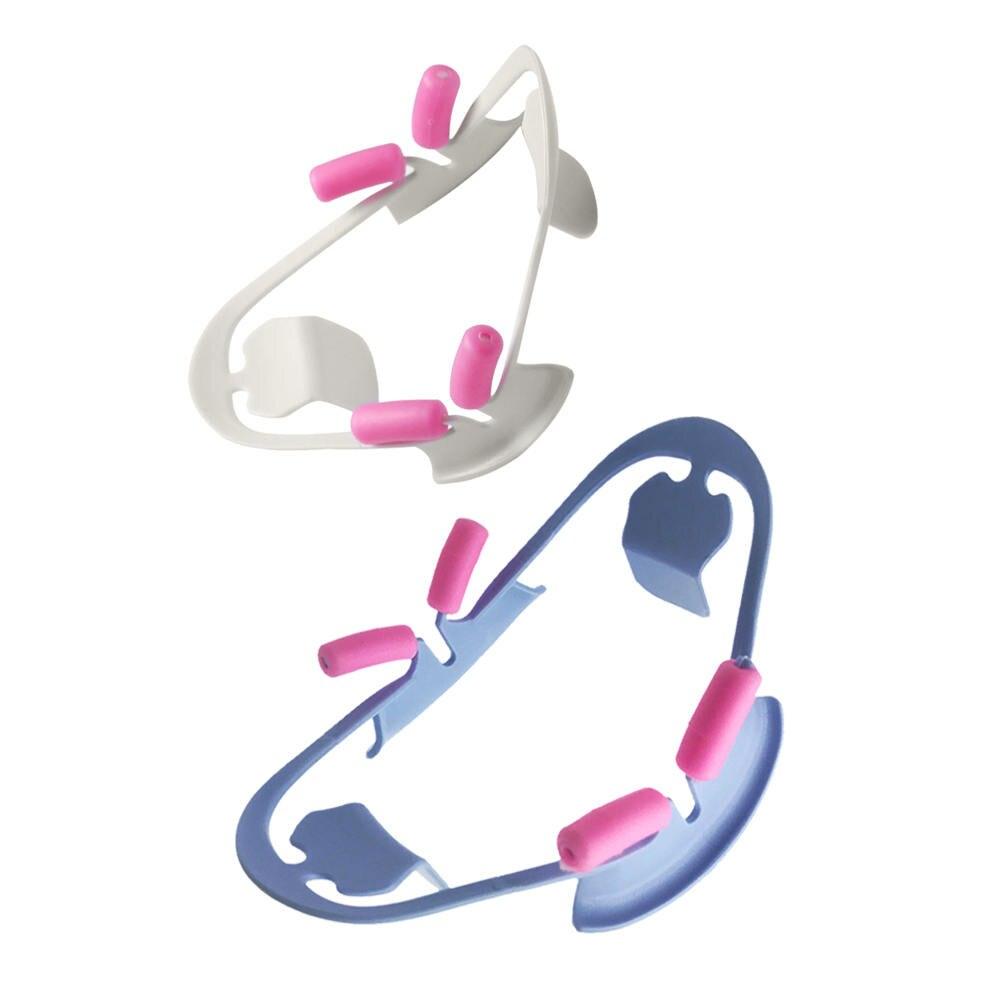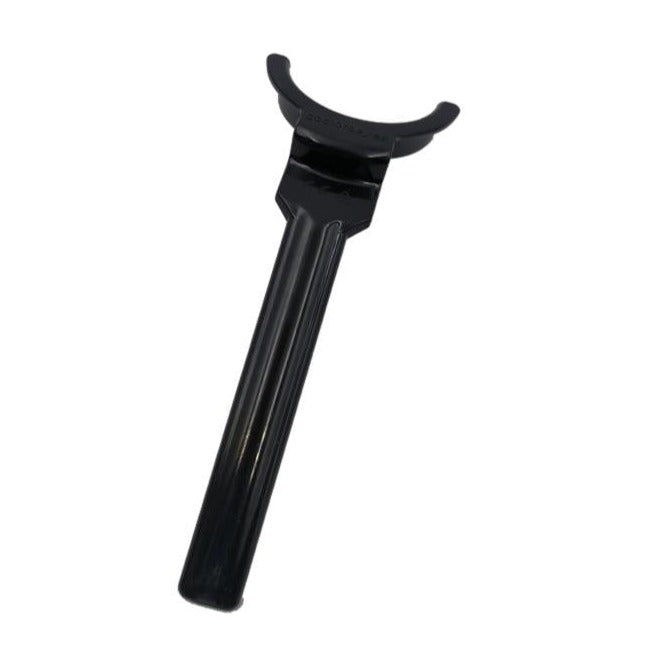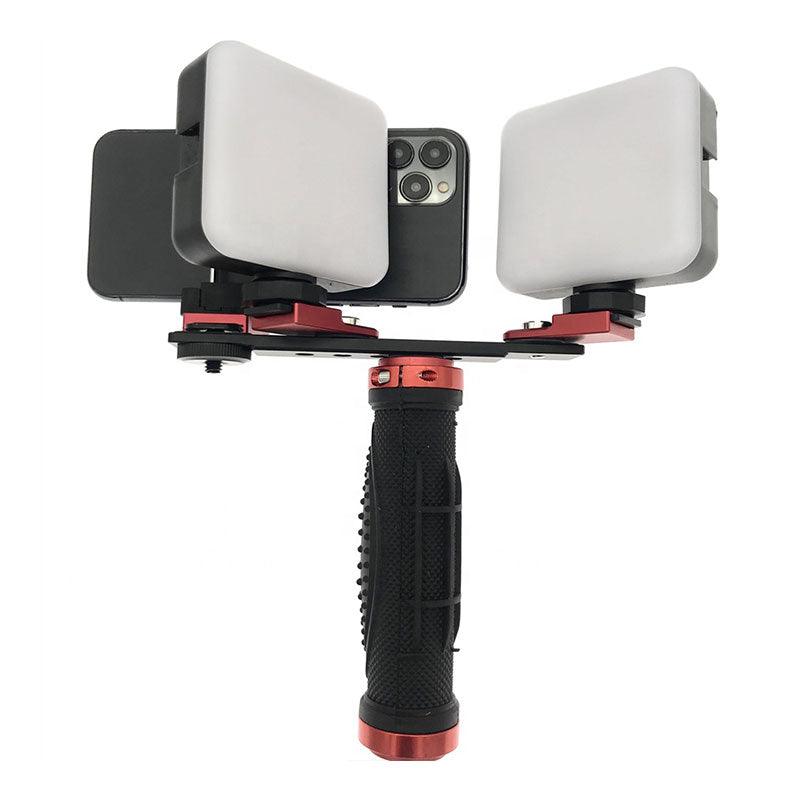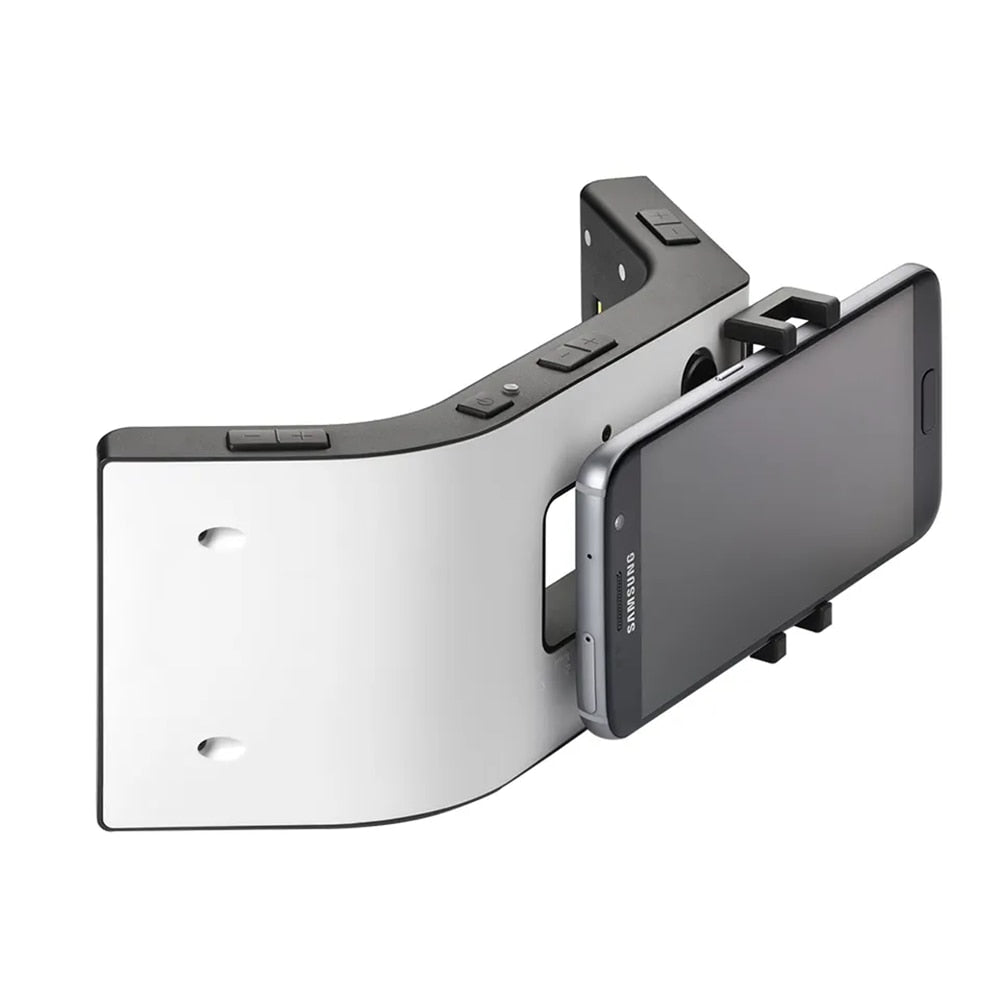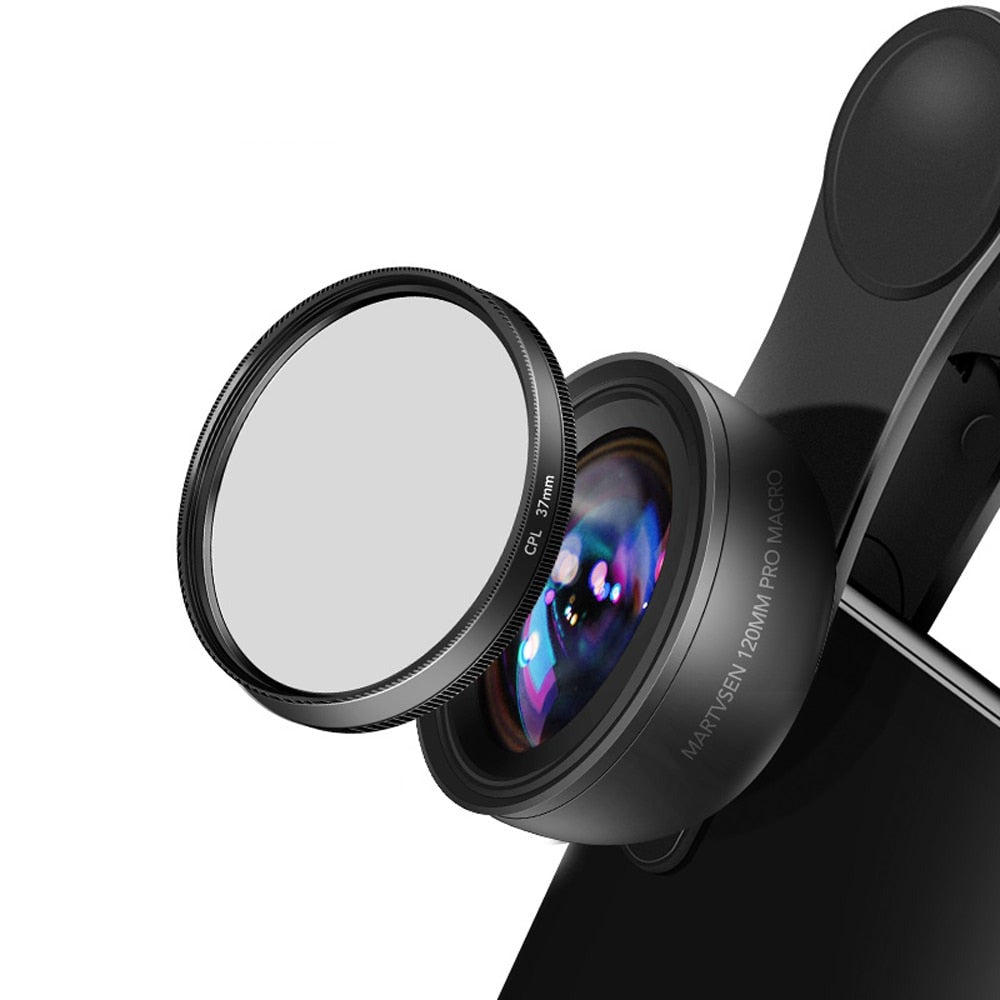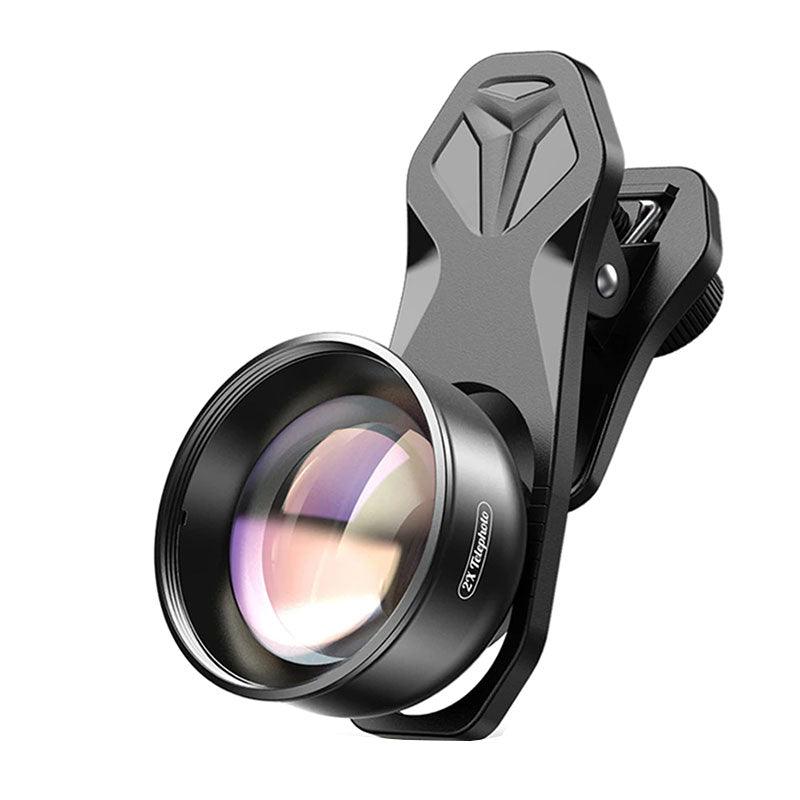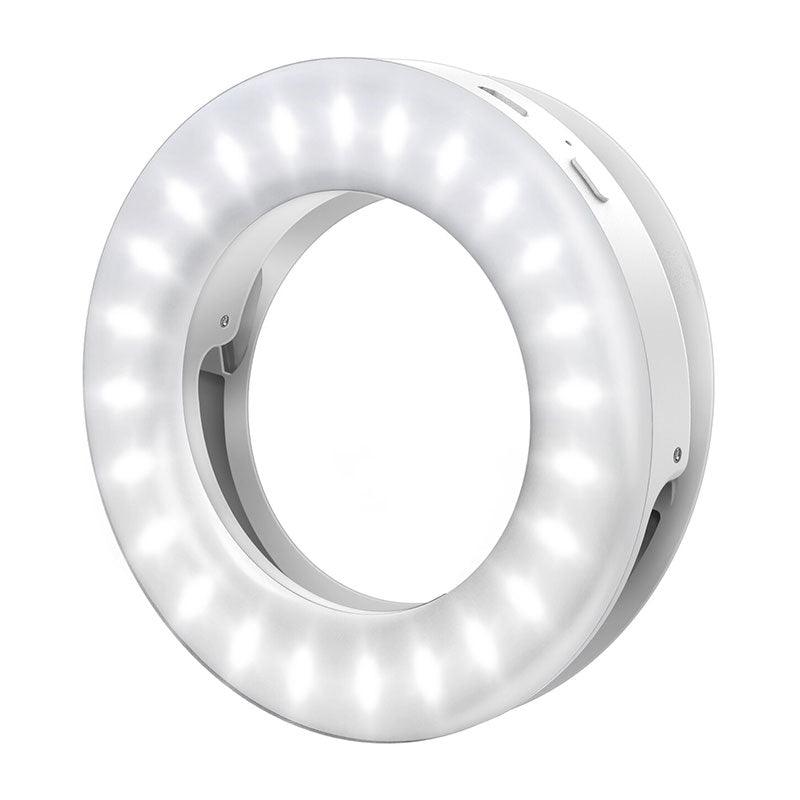Direct occlusion photography is an important part of dental photography because it allows you to study the teeth in detail during the closing of the jaws. In this article, we will present some useful life hacks concerning camera settings and recommendations for getting high-quality pictures.
Camera Settings:
1. Exposure mode.
—Use aperture priority mode. Setting the aperture priority mode (Ab or Av) allows you to control the depth of field. Select a value in the range from f/8 to f/16 to make sure that all the teeth in the picture will be distinct and sharp.
—Set the ISO sensitivity to low.
The lower the ISO value, the less noise there is in the image and the better the image quality. It is recommended to set the ISO in the range of 100 to 400 to get clean and detailed images.
2. White balance.
—Use preset white balance values.
To ensure that the colors are displayed accurately in the images, select the appropriate preset white balance mode that is most suitable for lighting your workspace. If there is an opportunity, you can shoot in RAW format to further correct the white balance when processing images.
3. Recommendations.
—Use retractors to achieve maximum space.
Retractors will help keep the tissues out of the field of view, providing access to the teeth during occlusion. Use soft silicone retractors for patient comfort.
— Prepare an occlusal napkin.
Place an occlusion cloth on the patient's teeth to keep them clean and light in the pictures. This will help to avoid reflections and improve the quality of images.
Remember that practice and experience are key factors in achieving high-quality photos in occlusion. Follow the recommendations and experiment with the camera settings to find the optimal parameters for your work. Using the described life hacks will help you achieve more detailed and accurate images that will be useful in the diagnosis and treatment planning of your patient.




